We just got an Olympus E-1 in. The last real Olympus
digital SLR we reviewed was the Olympus
E10. We liked the E10 a lot and even recommended it to
some of our best friends. Not all photo lovers want to carry a big
bag with many lenses. The E10 used an excellent fixed zoom and allowed
changes of focal length only by extension adapters.
The E-1 very much feels like the E10 (as far as we remember) but allows
to switch lenses. We have the 14-54mm f/2.8-3.5 and the 50-200mm f/2.8-3.5
available. This covers a range from 28-400mm if compared to lenses
on a 35mm system. For some there may be a lack in the wide angle range
but for us this is a very complete range. About 99% of all our serious
photos
would be in this range. The only complaint is that the 50-200 should
feature image stabilization. Image stabilization helps us to use our
Canon 70-200mm f/2.8 freehand in many situations.
Olympus markets the E-1 as a professional camera and it really feels
like a well designed and well made camera. I have smaller hands and
the E-1 is really fun to use. But we have to face it, the professional
market is owned by Nikon and Canon. The E-1 won't change that picture.
The E-1 and it's lenses are not cheap. If you look into the build
quality you know why. All feels very solid. Hold a Canon 300D and a
E-1 in your hands and you know what we mean. The E-1 feels like a marvel
and the 300D like a modern consumer camera. But this has nothing
to do with the final image quality you can get from both cameras.
The Olympus is the first camera that supports the 4/3" sensor (here
a Kodak 5 MP sensor) standard created by Kodak and Olympus. The aspect
ratio of 4:3 breaks with the 3:2 35mm tradition. We actually think
that might
no be a bad thing but have of course so much more experience with the
3:2 world (nearly burned into our brains :-)).
As a camera we just love the E-1. The viewfinder is bright
and easy to use. The autofocus works for us although it is not as sophisticated
as the systems from Canon and Nikon. But no problem for us. We even
like the electronic controlled manual focus feature as the mechanical
manual focus for some lenses is not always fun to use (often not that
precise). The shutter and mirror slap is soft and very silent.
How about the digital Side of the E-1?
As our regular readers know we only use all digital cameras in RAW
mode. The good news is that the E-1 support RAW (*.ORF files) but they
seem to assume that most E-1 users will use JPG. Why? Otherwise they
would put more attention into RAW.
- A 5MP file uses 10MB on the CF card and later our disks while a
Canon 1Ds 11MP file needs less space. Olympus does not only use no
compression they not even pack the 12bit data in their files. Fortunately
the new larger CF cards can handle it. But if you think of professional
users then the 1000s of files fill up computer disk space.
- The Olympus Studio to handle RAW files is not nearly in the league
with Capture One DSLR (does not support the E-1 right now) and Adobe
CS. Fortunately Adobe Camera Raw in Photoshop CS supports the E-1
so
we only will
use ACR
2.0 for the E-1.
One other issue is the missing preview histogram. Michael
Reichmann had some strong words for this missing
feature and we think he is right. What are we talking about? Experienced
digital photographers only check
the exposure after they took the photo. The histogram is the most valuable
aid for judging exposure (see also our note at the end). Today most
digital SLRs can display the histogram as part of the automatic preview
after
you took the shot. This feature is missing in the E-1. The solution
is to wait until the file is written to the CF-Card or Microdrive,
then hit Play and Info buttons (you
have to setup info to show the histogram). So in the end this is by
no means
a show stopper for us, but we also
hardly photograph in a rush.
The E-1 at different ISO Levels
You can find the original
RAW files here (so especially all Photoshop CS users can make
up their own opinion)
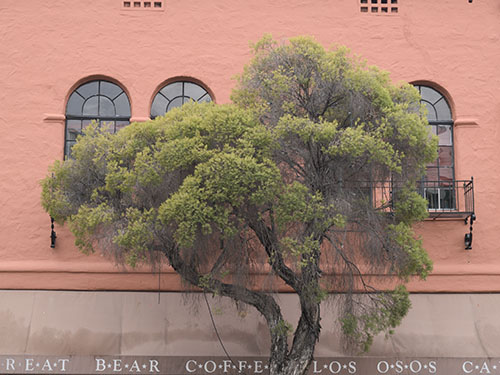
We have the impression that the photos have excellent
colors but are a bit on the soft side. This might be due to a strong
AA filter. Anyway we felt we needed stronger sharpening than with other
digital SLRs. This time we used Noel Carboni's Fractal Sharpening)
Some ISO tests
Olympus E-1 |
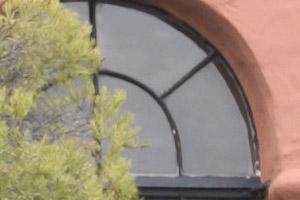
ISO 100 |
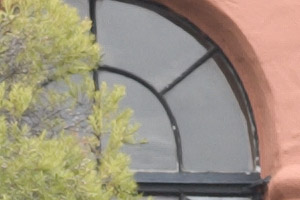
ISO 200
|
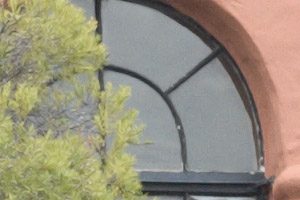
ISO 400
|
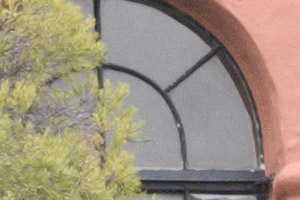
ISO 800
|
For a well lit scene the ISO noise is
quite good actually. The noise gets more visible if you capture
deeper shadows.
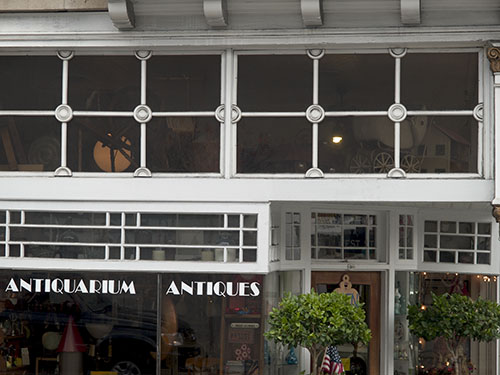
The rendering in the shadows is good
at ISO 100.
Shadow Details |
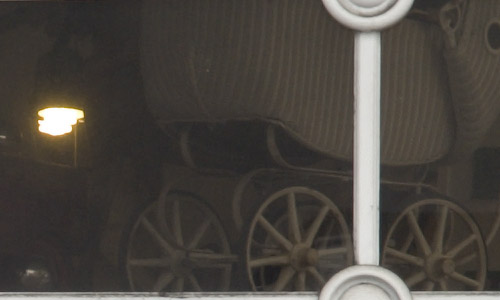
ISO 100
|
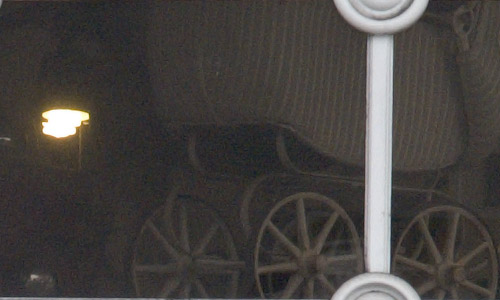
ISO 400
|
Even the shadow noise at ISO 400 is acceptable.
For us the Olympus E-1 would be the ideal
travel camera. Only 2 compact, well built and at f/2.8-3.5 bright lenses
would all we needed (we might add the 50mm Macro though). The image
quality of the E-1 is also good enough for very serious photography.
With the E-1 we find that less is more.
Means you may not have that many choices of lenses but the lenses
offered seem to be very good. Often people buy consumer lenses to get
started.
The result: image quality will suffer. The E-1 is not for a photographer
on a budget but wants a compact, well built set of camera and
lenses. We think that the Olympus E-1 fits the bill.
Note on
exposure histograms (also valid for all Nikon & Canon cameras):
We as photographers
want a histogram that shows all three RGB channels as the current
luminosity histograms do not show blown channels (mainly red or blue).
As far as we know only the Fuji S2 and the Sigma SD 10 (a bit small
though) show channel histograms.
We will repeat
this request until we get it in all(!) digital cameras. We already
successfully influenced some raw converters to show channel histograms! |